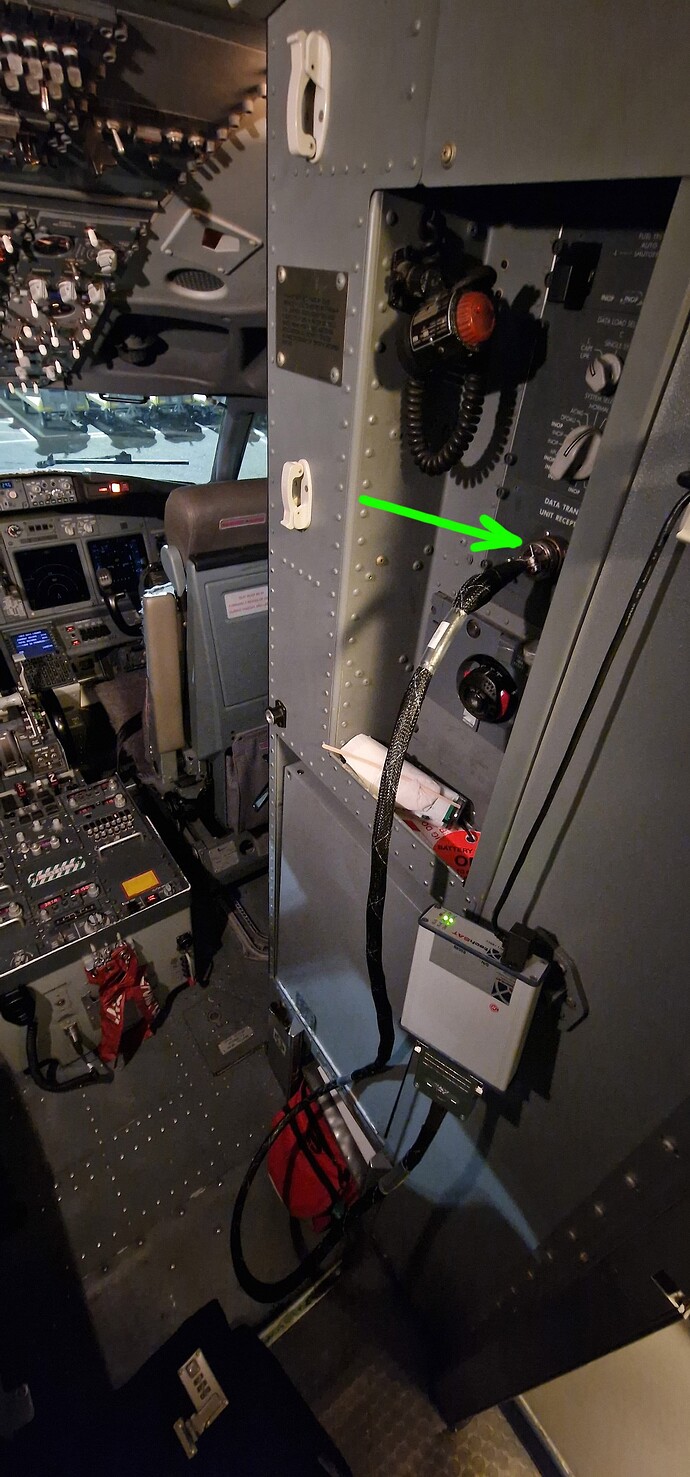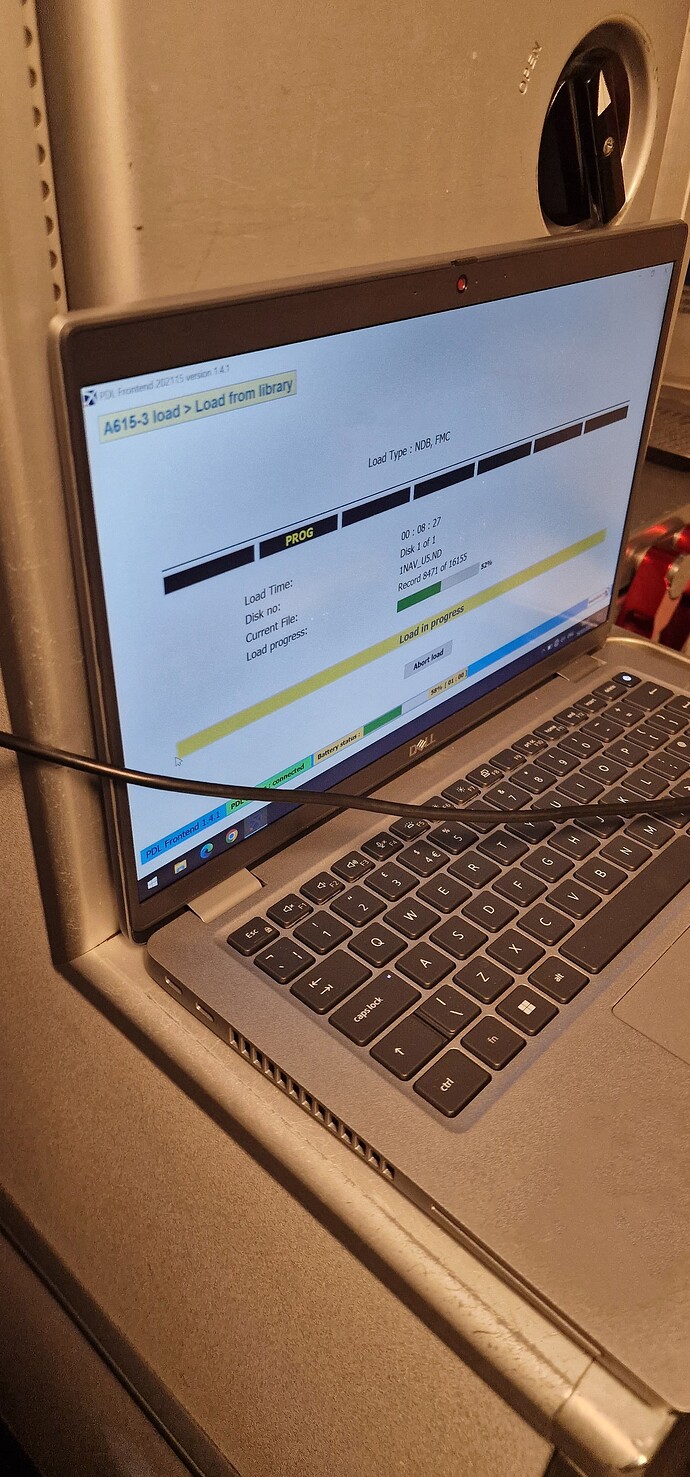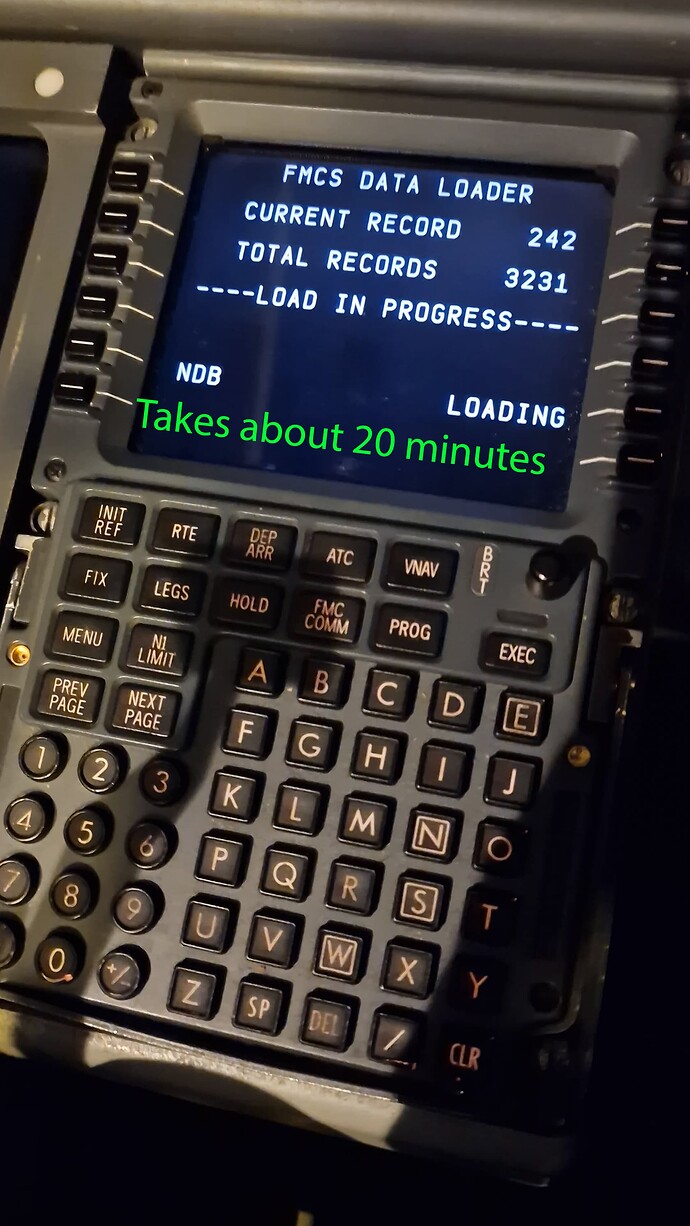Thanks Ephedrin87. I have the full version of the sim and I never thought that it might have anything to do with the assistants being active.
I don’t understand the logic ‘Beta’. I would have thought that I purchased the sim many years ago when it first came out. ![]()
If you click on the windows start icon in your taskbar and then simply type “pmdg” you’ll find the introduction manual. I really recommend you read it, at least go through the first pages where it explains the capabilities and limitations with MSFS.
Now I am confused as well. The problem with the parking brake not releasing has been acknowledged immediately as a consequence of the rework Asobo did on the brakes. PMDG has coded a custom parking brake logic and it doesn’t work with the changes that come with the SU12 beta version. There are no such problems in SU11. So you must be on the Sim Update 12 Beta program to face the problems with the 737 you mentioned. Would you please check your sim version? You find it on the main menu if you click on your name in the top right.
That or they don’t understand how to release/set the parking brake in the 737.
right, that’s another possibility. Another reason to have a look at the intro manual.
1.30.12.0 is my version. I will look into the manual for PMDG again. Many thanks.
If you didn’t sign up for the SIM Update 12 Beta then you’re using the normal version.
Regarding parking brake releasing, you need to press the foot brakes and release the parking brake at the same time. This correctly modelled after the real life behaviour of the 737.
Regarding the flight not following the FMC correctly I think it’s just a setup issue on the FMC because many of us are using it successfully. The manual and intro flight are good places to start, they’re included with the plane. 737NG Driver has a full series of tutorials on YouTube as well.
In case anyone’s wondering:
Here’s how the real NAVDATA is updated. The real airplane holds 2 versions of the NAVDATA. They usually load is so that we always have the current one and the next one loaded for us to select when in due date. The process takes about 20 minutes and for us pilots it usually means that, once we arrive from our last flight at night, an engineer will receive the airplane with a laptop and some other equipment. They’ll connect the thing and do the thing. As a pilot I have no idea what they do with the airplane once we hand it to them, apart from the usual ramp checks and the routine maintenance that we find in the techlog regularly.
Here are some photos taken after my last flight yesterday in case anyone’s curious:
Thanks very much for the insight on the data upload Snail, I find this fascinating. I especially like you sharing the technical names for the various components. I never would have guessed that thing was actually called a “Thing”. I’ve learned something new! Seriously though, keep stuff like this coming. If you have any pics of what the inside of the equipment bay looks like, I’m especially curious (maybe one day PMDG will update the graphics for this).
Question - just saw a video by 737NG Driver about cargo / pax loads. It seemed to indicate that the forward cargo bay is pretty much filled first and then the aft one is utilized. I always figured they would have both been filled to similar levels due to CG concerns. Am I missing anything?
That changes from company to company I guess. The 737 has 2 cargo doors. In my company we have each hold divided into two. So the FWD cargo door gives you access to holds 1 and 2 and the AFT cargo door gives you access to holds 3 and 4 (bulk). Each hold is partitioned with a net.
In my company we’ll fill up HOLD 2 first and then HOLD 1 if required and HOLD 3. In HOLD 3 they usually put things like electric wheelchairs or company cargo equipment (Spare wheels and what not), Things that are loaded and unloaded separately and maybe have specific loading compatibilities (Dangerous goods). This way of loading works out very nicely in the -800. In the MAX that sometimes results in a CG that is too FWD and out of limits so instead of loading 1 and 2 first in the MAX they tend to send some bags to HOLD 3 so that we don’t need to move passengers before takeoff.
The main benefit of loading as much as possible in HOLD2 and 1 (FWD) is basically a shorter turnaround time. If the loaders only need to open one cargo door and use just one loading rig then they need less time to load the airplane. Some companies value that.
As soon as we’re given the final loading figures we’ll put them in the OPT (Onboard Performance Tool. Boeing’s performance app for the EFB). If the resulting CG is within limits the airplane will fly :). If if isn’t then things and or passengers will be moved around until it is.
After flying mostly bizjets for the last two years, a week ago I got the PMDG 737-800, and it is an amazing plane. I’m still trying to figure out the autopilot intricacies, and have a couple of questions:
As I descend near an approach and start to slow down, I am a bit confused by the speed control indications. I hit SPD INTV, and wind down the airspeed knob to say 200. However, the AP FMA still says “FMC SPD” on the left. At some point, it switches to MCP SPD, and the SPEED light to the lower left of the speed knob turns green. Can anyone explain this behavior? It doesn’t seem intuitive to me. I guess I don’t understand why when I select SPD INTV it doesn’t immediately change to MCP SPD. Also, why are there a separate SPEED and SPD INTV buttons on the MCP?
Also, there have been a few landings where, with A/T Armed but autopilot is OFF, the throttle does not RETARD at 30 feet above the runway; I have to scramble to turn off the A/T switch and pull the throttles back. I’ve not been able to find a pattern yet which makes this occur. Any ideas?
The autothrottles will only move to idle if you’re performing an autoland. If you are not autolanding, you will manually have to move the throttles to idle. Yes, you will have to disconnect the autothrottles to do this. In the jet, this means pushing the autopilot disconnect button on the yoke and hitting the autothrottle disconnect. Those two steps are completely independent, but flying around with autothrottles on but manual flight controls isn’t recommended by Boeing. Yes, it’s a bit more challenging in the sim to disconnect all these if you’re using a mouse.
I have the autopilot disconnect button mapped to my joystick and use the mouse to click off the autothrottles. The switch on the MCP might be easier than the button on the throttles, but the MCP switch isn’t the “correct” way of disconnecting the autothrottles in the jet when transitioning from autopilot to manual controls.
Boeing does not recommend the use of A/T with autopilots off on descents. I know some airlines don’t have this recommendation in their FCTM but that’s the way the airplane is designed. Autopilot off? Autothrottle off. Fly the airplane manually to the runway like a Seneca (unless you’re doing an autoland that is).
That’s the way SPD INTV works now in COMMON VNAV instead of BASIC VNAV. There’s no way to trigger VNAV SPD anymore when the airplane is on path ±400ft. If you want to descend with MCP SPD push LVL CHG instead.
If you want to change the speed on descent while using VNAV the best thing you can do is to type a new speed in the DES page and then do what you need to regain the path. If you type a faster speed the airplane will be low and VNAV will reduce descent rate to catch the path. If you type a slower speed the airplane will now be high and with excess energy. Regain the path flying a higher speed and/or using speedbrakes if you’re speed limited by ATC or any other external factor.
I have a question for you.
With the -800 I normally use 3500-4000 lbs of cargo in the forward hold and another 3000-4000 lbs in the rear hold, but after watching a recent loading video on youtube it looks like I’m way over weight for a normal flight 2-3 hour flight. The recent loading video by a real 737 pilot was showing 3000-4000 lbs of cargo in the forward hold and only 1000-1600 lbs or less in the rear hold.
How do airlines really load the 737? Is there normally double the cargo weight in the forward hold compared to the rear hold? Is the rear hold left empty on some flights with bags only going into the forward hold?
I know this varies based on mixed cabin / all economy configurations, and the route, whether it’s mainly business travelers vs. leisure travelers.
Thanks, @HerkDvr and @FormerSnail5736 (great to have a RLP on the forum!). Okay, moving forward I’ll disengage both the A/P and A/T maybe 500-1000 ft AGL if I’m not autolanding. I did find the PMDG feature which shows your throttle position relative to the A/T setting so it’s roughly the same when disengaging, which will be helpful. I think I’ll save a flight where I’m set up for an approach and fly it several times to play with different options…too often I want to get things right every time, but it’s just a sim. ![]()
I think if you just scroll up a few posts there was entire dialog going on about load configurations.
Hmm… maybe I am wrong. I might be conflating what I was reading on PMDG’s forum.
Haha, no, here is where one was recently. I know there were some others preceding it:
Thanks for posting this, very helpful.
FYI, I noticed the PMDG Ops Center shows several new liveries available for the -900ER, -800, and -800BCF tonight in case anyone is interested.
I explained that a few posts above. This are usually company GROUND OPS policies. In my airline we tend to load FWD cargo first and then AFT cargo. The only things we load in AFT cargo when FWD isn’t full are dangerous goods and company cargo (Spare parts taken to other bases, like wheels and engine parts).
We load FWD first to simplify ground operations so that loaders only have to use one loading rig and open one cargo door.
That’s the company side of things. In reality, as long as the CG is within limits for take off the airplane can be considered dispatchable. So load it as you wish and once PMDG release the OPT you’ll know if the CG is within limits and the correct stab trim to use.
That’s a nice feature for sure.
Sure, you can disconnect AT and AP at the MUH (158ft AAL) or you can disconnect earlier on approach if you fancy a bit of a challenge. In my airline we can disconnect anytime below 20.000ft and fly manually all the way down to the runway. This increases the workload in the flight deck. The pilot monitoring will have to do more things and the pilot flying’s focus will be dedicated to playing Tetris with the flight director (which we never turn off). We only do it in airports that allow it and never in busy airspace or around thunderstorm activity.



